
Our Red String
Developer: Eva Kiss
Browse our collection of adult games tagged with "Masturbation Porn Games".

Developer: Eva Kiss

Developer: PandaLoverGames

Developer: Saberoge

Developer: Ceolag

Developer: Xavster Gaming

Developer: Mr.Mister

Developer: Lykanz

Developer: Blue Otter Games

Developer: BangCityDev

Developer: Glacerose

Developer: Yuno Gasai
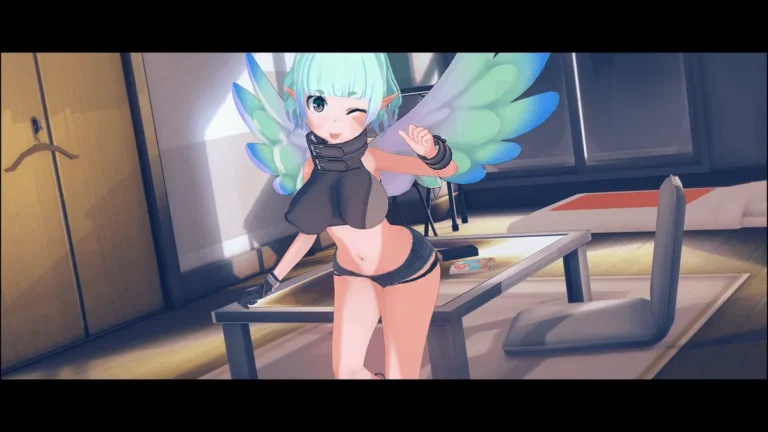
Developer: ArcGames
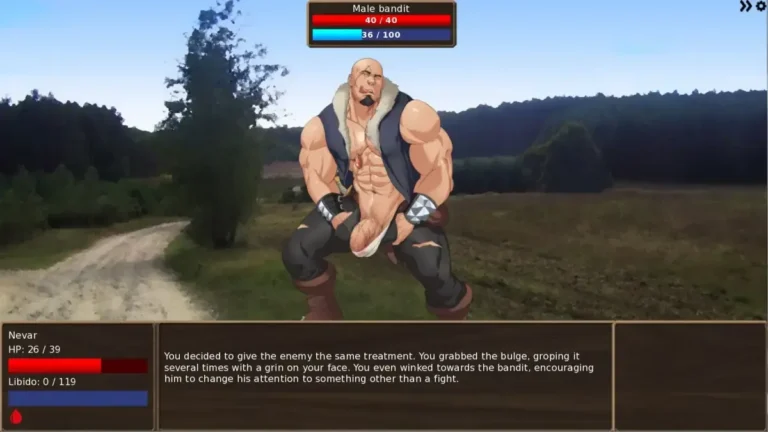
Developer: Hyao

Developer: Ze-gam-eZ

Developer: WildMan Games

Developer: Caribdis

Developer: WeirdWorld

Developer: ASLPro3D

Developer: Azienda -

Developer: Maks

Developer: RFH Games

Developer: Gaerax

Developer: Sex n' Games

Developer: Basilicata

Developer: DWR Games

Developer: Xell

Developer: ViM Studios

Developer: Chatterbox Productions

Developer: Wizard's Kiss

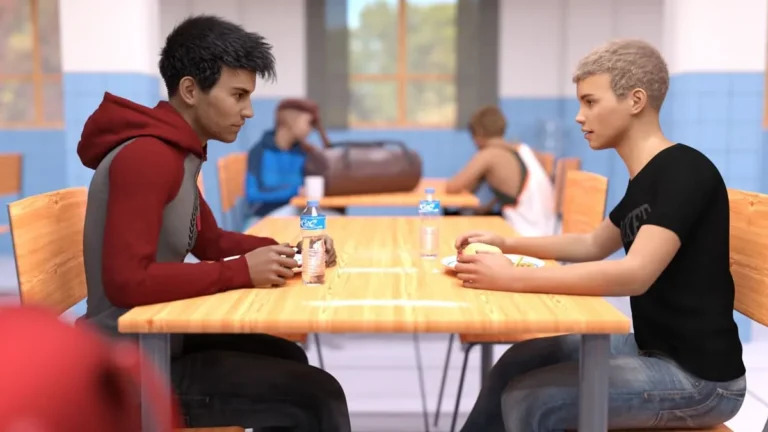
Developer: Aaryn

Developer: BootyProfessor

Developer: Sylventhia

Developer: Ptolemy Games

Developer: Gloomy Ghost

Developer: MateDolce

Developer: MrStrangelove

Developer: WindwardGames

Developer: A&K Studio

Developer: TastyPics
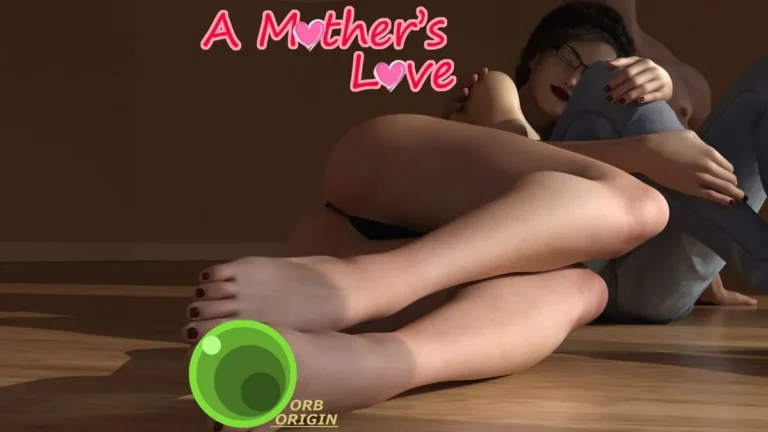
Developer: OrbOrigin

Developer: Enyo Eerie

Developer: SirDammed


Developer: Frozen Synapse

Developer: recreation

Developer: Reboot Love

Developer: MoolahMilk

Developer: BlueCat

Developer: SinsiterSlick Games

Developer: Leocid2

Developer: OBDGames
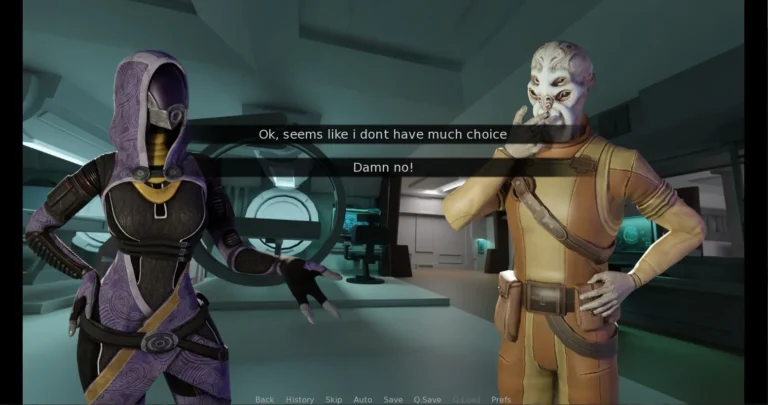
Developer: Messman

Developer: Bear in the Night
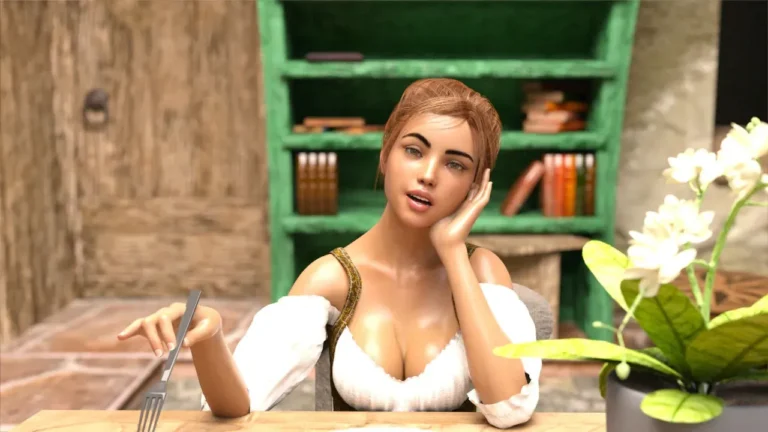
Developer: MobumGames

Developer: Mr. Palmer
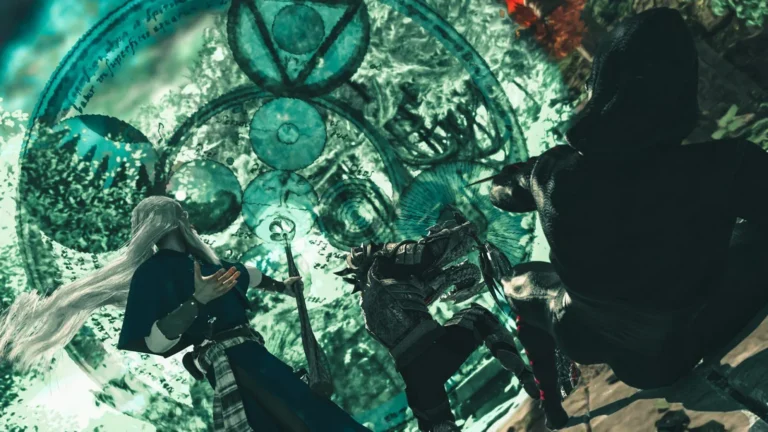
Developer: Polyrotix
The intersection of interactive media and human sexuality has produced unique digital experiences that challenge traditional gaming paradigms. This analysis examines entertainment software incorporating self-stimulation mechanics, exploring their technical implementation, cultural reception, and artistic value within broader media landscapes.
Picture this: You’re hunched over a bulky CRT monitor in 1987, squinting at pixelated text that promises ~adventure~… and maybe a little more. 🕹️ Early interactive intimacy systems weren’t exactly subtle. Titles like Leisure Suit Larry used cheeky dialogue trees and crude visuals to hint at adult themes, while text-based adventures like Cheshire Cat’s Gift relied on players’ imaginations to fill in the gaps. These pioneers faced content rating challenges before formal rating systems even existed—imagine explaining that to your parents when they walked in.
The technical limitations were brutal. Developers worked with kilobytes of memory, turning adult gameplay mechanics into a game of creative coding. Take Plumbers Don’t Wear Ties (1993), a FMV (full-motion video) disaster so awkward it became legendary. 🚰 Its clunky interface and risqué scenes made it a laughingstock, but it proved one thing: players craved more human interactions, even if the execution was laughable.
| Year | Title | Platform | Mechanic |
|---|---|---|---|
| 1987 | Leisure Suit Larry | PC | Text-based flirtation |
| 1993 | Plumbers Don’t Wear Ties | 3DO | FMV “romance” choices |
| 1996 | Catherine | Arcade | Puzzle-driven relationship drama |
These early experiments laid groundwork—but also sparked debates. Were these games art, exploitation, or just bad jokes? Critics called them “tasteless,” while fans saw rebellious potential. Either way, they forced the industry to confront ethical game design questions we’re still arguing about.
Fast-forward to 2024, where games like Cyberpunk 2077 weave interactive intimacy systems into sprawling storylines. 💥 Modern tech lets characters express desire through motion-captured gestures, voice acting dripping with subtext, and branching choices that actually matter. Take HoneyPop (2021), a dating sim where every dialogue choice alters your relationship status—and yes, the steamy cutscenes. It’s lightyears ahead of pixelated winks, but the core challenge remains: balancing adult gameplay mechanics with meaningful storytelling.
Developers now use AI-driven emotional recognition (think Lovense’s syncable toys) or haptic feedback gloves to blur lines between virtual and physical intimacy. 🎮 Yet, for every success like Dream Daddy (which uses humor to normalize queer relationships), there’s a Rapelay—a title so ethically bankrupt it got banned worldwide. The lesson? Narrative context matters. Players want connection, not just titillation.
Pro Tip: If you’re designing romantic subplots, ask: “Does this interaction deepen the character, or just check a box?”
Here’s the elephant in the room: How do you create interactive intimacy systems without crossing into exploitation? 🐘 The answer’s messy. Rating boards like ESRB and PEGI still struggle with content rating challenges, slapping vague “Mature” labels on everything from The Witcher 3’s tender sex scenes to God of War’s hyper-violence. Meanwhile, indie devs push boundaries—Ladykiller in a Bind (2016) lets players negotiate consent mid-game, turning intimacy into a mechanics-driven conversation.
Ethical game design isn’t about censorship—it’s about intentionality. Do you include explicit content because it serves the story, or because shock value sells? Studios like Quantic Dream (Detroit: Become Human) use intimacy to explore power dynamics, while others… well, let’s just say they’re still stuck in 1993.
Cultural responses vary wildly. Japan’s visual novels thrive with explicit themes, while Western studios often sanitize romance to avoid backlash. 🌍 Yet, players everywhere agree: Well-crafted adult gameplay mechanics can make virtual relationships feel real—and that’s worth getting right.
So where does digital entertainment history leave us? From text-based flirtations to VR-enabled connections, intimacy in games has evolved from taboo to talking point. The real win? Seeing players demand depth over cheap thrills—and developers rising to the challenge. 🚀 Next time you pick up a controller, ask yourself: What stories do we want to tell… and how?
This analysis demonstrates how interactive systems continue to push boundaries in digital entertainment. While technical and ethical challenges persist, these implementations highlight the medium’s capacity for exploring human experiences. Future developments will likely focus on improved accessibility and more sophisticated narrative integration.
Have a favorite adult game that's not in our collection? Let us know and we might feature it!
Contact Us